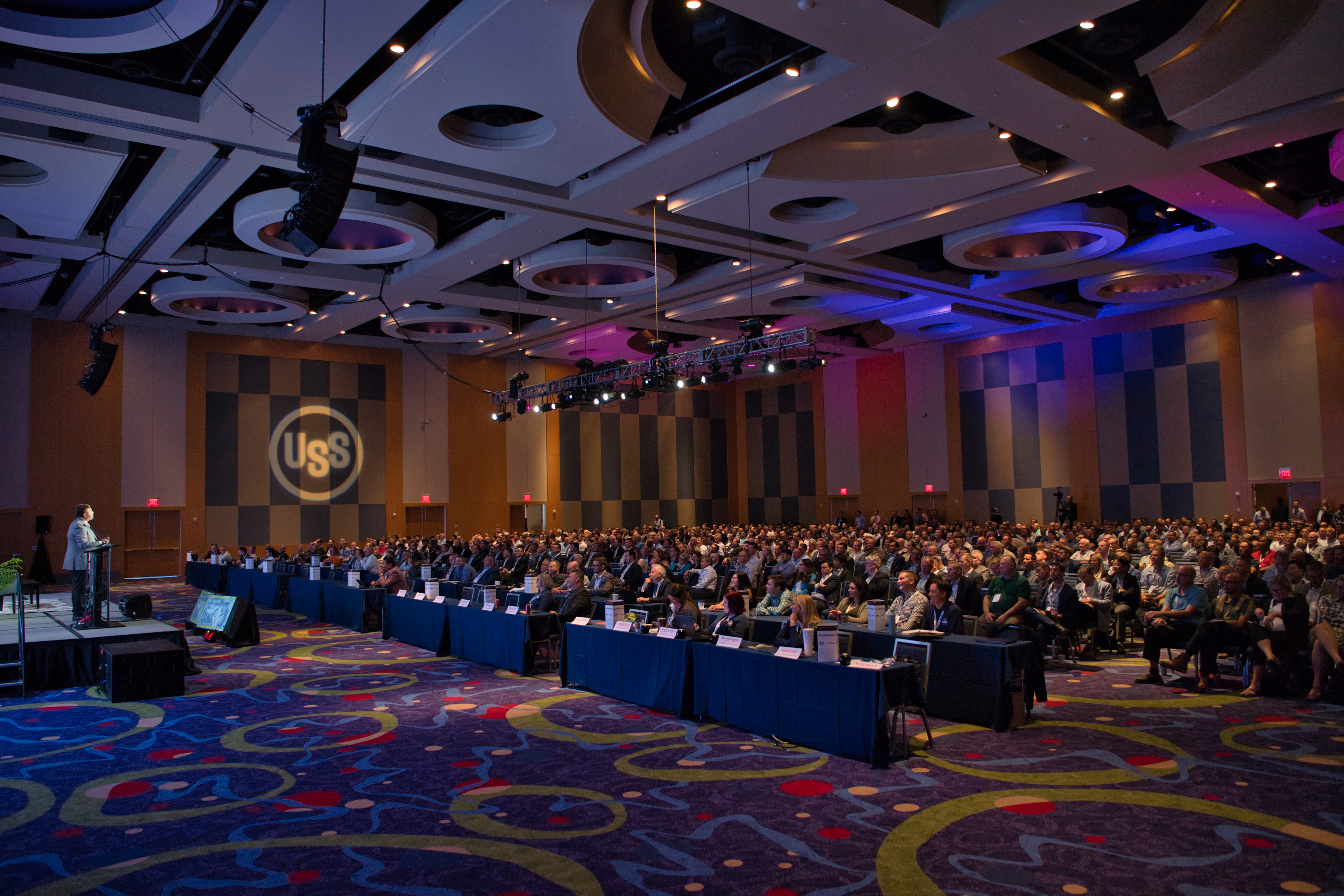The client was expanding an existing iron ore mine in Australia to produce 7-8mt tpy of magnetite pellet feed.
The client was concerned about the future market for magnetite pellets in blast furnaces in the period to 2038 and requested that we investigate this and alternative markets.
Our recommendation
Although iron ore/sinter fines prospects do not look very good, there appear to be better prospects for BF and DR grade pellet feed for reasons from technology to environmental. CRU recommended that there may be opportunities for sales with some iron ore pellet feed producers in some areas.
Methodology
To begin the project, CRU prepared a detailed assessment of the supply-demand balance and long term pricing for all types of iron ore. This was to demonstrate how the markets for the various raw materials evolve in different ways over a very long term horizon.
The client’s material was benchmarked to the standard iron ore prices in the market and recommendations were made about how to price the material compared to the standard product. To do this CRU utilised previous work on long term iron ore supply demand, costs modelling and value in use (VIU) model and adapted these towards the client's specific situation, ore chemical specification and sizing.
Based on China’s projected pellet rates (rising towards 40% in long term, which is a technical optimum) China is by far the largest market for pellet feed product despite the projected slowdown in the Chinese steel making sector. The next largest area for increasing pellet rates will be the rest of Asia. Moreover, this increase is also related to projected supplies of pellet feed on market. It should be noted that the percentage rise in (direct reduction) DR grade pellet demand is larger than blast furnace(BF) grade (but not in volume), but clients product was assessed as not being suitable for DR grade pellets and its proposed sizing was too small for re-agglomeration in sinter feed.
Outcome
We concluded that similar magnetite projects and financially marginal but that some markets exist for the product as a BF grade feed.







